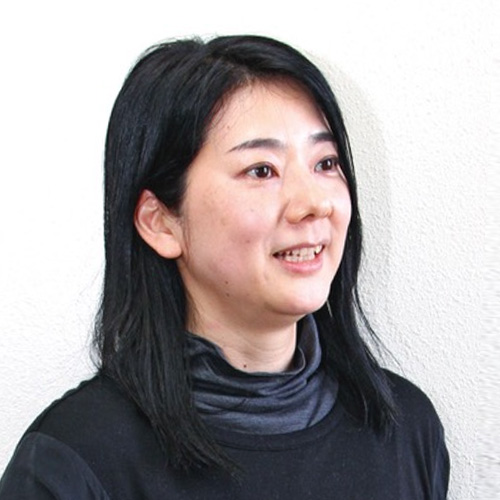Related Outline
My research has focused on the mechanisms of morphogenesis, particularly the molecular mechanisms controlling the collective cell movement to form tissue and organ. Using amphibian (Xenopus laevis) embryos and tadpoles as models, I have performed imaging of cell behaviors and the processes of tissue formation to identify fundamental mechanisms of tissue morphogenesis. More recently, I have focused on environmental factors, such as nutrition and fluctuating temperature and pH, as regulators of morphogenesis. In this Transformative A research group, I aim to identify the involvement of the mechanochemical feedback during thyroid morphogenesis, which is a nutrient-dependent process. The thyroid is composed of multiple follicles, each having a spherical lumen surrounded by a single epithelial cell layer. In tissue with such a luminal structure, the interaction of the cells with the mechanical forces generated in the lumen may contribute to organizing the correct shape as an organ. I will investigate the role of local forces in thyroid cell behaviors, and how environmental factors, such as nutrition, act on the collective cells to transform them into functional organs and bodies.
Outside the laboratory, I like watching sports and going to batting. I also enjoy skiing during winter.
Career
Asako Shindo graduated from the Department of veterinary medicine at Rakuno Gakuen University in Hokkaido. She started the study of Developmental Biology under the supervision of Prof. Naoto Ueno at the National Institute of Basic Biology, Okazaki, and obtained her Ph.D. in March 2008. She developed her career as a postdoctoral fellow at the University of Texas at Austin, where she worked with Prof. John Wallingford. She started her research projects as an Assistant Professor at Nagoya University in 2014 and was promoted to Lecturer in 2020. She was appointed as an independent Associate Professor at the Institute of Molecular Embryology and Genetics, Kumamoto University, in October 2020. She joined the current institute as a Professor in 2024.
Representative Achievements
- β-adrenergic receptor regulates embryonic epithelial extensibility through actomyosin inhibition.
Yohei Mizoguchi, Kaoru Nakashima, Ayato Sato, Asako Shindo*
iScience 26(12):108469 (2023)
DOI: https://doi.org/10.1016/j.isci.2023.108469 - Nutritional control of thyroid morphogenesis through gastrointestinal hormones.
Maki Takagishi, Binta Maria Aleogho, Masako Okumura, Kaori Ushida, Yuichiro Yamada, Yusuke Seino, Sayoko Fujimura, Kaoru Nakashima, and Asako Shindo*
Current Biology 32(7): 1485–1496 (2022)
DOI: https://doi.org/10.1016/j.cub.2022.01.075 - PCP-dependent transcellular regulation of actomyosin oscillation facilitates convergent extension of vertebrate tissue.
Asako Shindo*†, Yasuhiro Inoue†, Makoto Kinoshita, and John Wallingford
Developmental Biology 446 (2) 159-167 (2019)
DOI: https://doi.org/10.1016/j.ydbio.2018.12.017 - Septin-dependent remodeling of cortical microtubule drives cell reshaping during epithelial wound healing
Asako Shindo, Anastasia Audrey, Maki Takagishi, Masahide Takahashi, John Wallingford, and Makoto Kinoshita
Journal of Cell Science 131 (12): jcs212647 (2018)
DOI: https://doi.org/10.1242/jcs.212647 - Models of convergent extension during morphogenesis
Asako Shindo*
WIREs Developmental Biology, 7(1): e293 (2017)
DOI: https://doi.org/10.1002/wdev.293 - PCP and septins compartmentalize cortical actomyosin to direct collective cell movement
Asako Shindo, and John B. Wallingford*
Science 343, 6171, 649-652 (2014)
DOI: https://doi.org/10.1126/science.1243126

